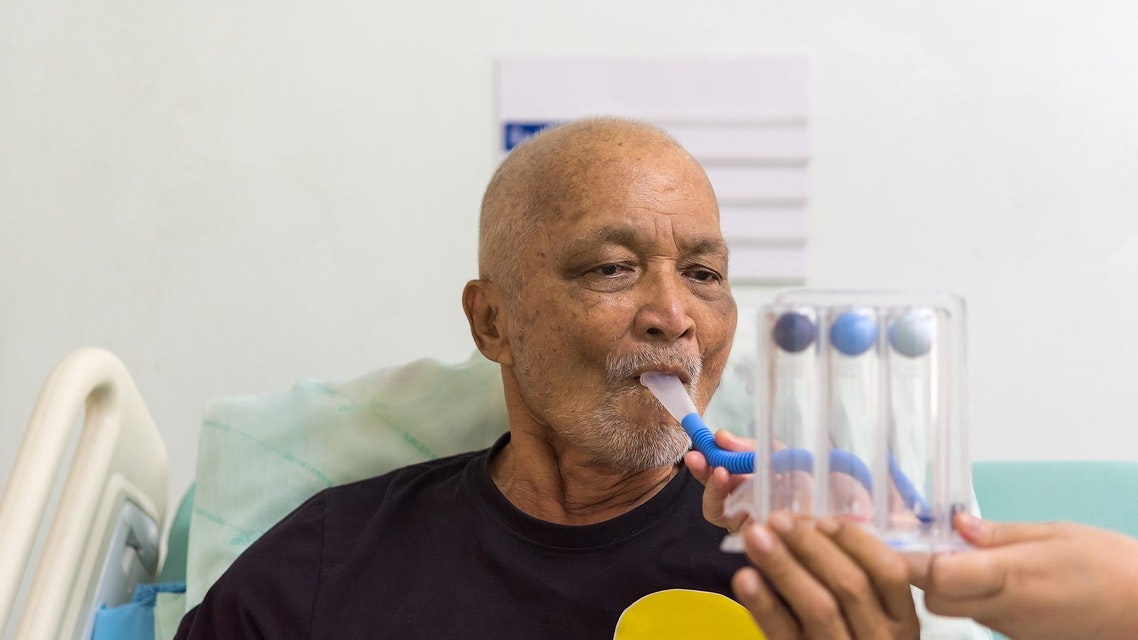
Cheyne-Stokes respiration: pathological and non-pathological characteristics and causes
Cheyne-Stokes breathing (or periodic breathing) refers to a form of pathological breathing common in the elderly in which even long apnoea phases (up to 20 seconds) alternate with phases in which there is a gradual transition from deep breathing to increasingly shallow breathing (short, frequent breathing cycles) that ends again in the apnoea phase
Each abnormal breathing cycle lasts from a minimum of 45 seconds to a maximum of 3 minutes.
This loop can be prolonged several times.
The name of this pathological breathing comes from two doctors: John Cheyne and William Stokes who described the morbid condition in the 1800s.
Pathological causes of Cheyne-Stokes Breathing:
- encephalopathies;
- heart failure and other cardiopathies (40% prevalence);
- intoxication by narcotics or hypnotics;
- hypocapnia and hypoxaemia;
- increased responsiveness of central and peripheral chemoreceptors;
- airway damage;
- prolonged circulation time;
- reduced O2 reserve;
- alternation of sleep phases and repetition of arousals;
- mesencephalic syndrome coma;
- respiratory diseases.
Fluctuations in ventilation lead to these clinical consequences:
- oxyhaemoglobin desaturation;
- retention of CO2;
- haemodynamic changes;
- activation of respiratory centres;
- frequent conscious or unconscious micro-awakenings leading to sleep fragmentation;
- insomnia and thus excessive daytime sleepiness;
These pathophysiological events act as a positive feedback worsening the syndrome itself, which is therefore self-maintained thanks to this vicious circle.
Non-pathological causes of Cheyne-Stokes Breathing:
In the elderly, it can occur – especially during sleep at night – even without any apparent pathology; moreover, it tends to appear when the subject stays at high altitudes.
Read Also:
Emergency Live Even More…Live: Download The New Free App Of Your Newspaper For IOS And Android
Obstructive Sleep Apnoea: What It Is And How To Treat It
Obstructive Sleep Apnoea: Symptoms And Treatment For Obstructive Sleep Apnoea
Our respiratory system: a virtual tour inside our body
Tracheostomy during intubation in COVID-19 patients: a survey on current clinical practice
FDA approves Recarbio to treat hospital-acquired and ventilator-associated bacterial pneumonia
Clinical Review: Acute Respiratory Distress Syndrome
Stress And Distress During Pregnancy: How To Protect Both Mother And Child
Respiratory Distress: What Are The Signs Of Respiratory Distress In Newborns?
Respiratory Assessment In Elderly Patients: Factors To Avoid Respiratory Emergencies


